Analyzing and Modeling Spatial and Temporal Dynamics of Infectious Diseases
Features modern research and methodology on the spread of infectious diseases and showcases a broad range of multi-disciplinary and state-of-the-art techniques on geo-simulation, geo-visualization, remote sensing, metapopulation modeling, cloud computing, and pattern analysisGiven the ongoing risk of infectious diseases worldwide, it is crucial to develop appropriate analysis methods, models, and tools to assess and predict the spread of disease and evaluate the risk. Analyzing and Modeling Spatial and Temporal Dynamics of Infectious Diseases features mathematical and spatial modeling approaches that integrate applications from various fields such as geo-computation and simulation, spatial analytics, mathematics, statistics, epidemiology, and health policy. In addition, the book captures the latest advances in the use of geographic information system (GIS), global positioning system (GPS), and other location-based technologies in the spatial and temporal study of infectious diseases.Highlighting the current practices and methodology via various infectious disease studies, Analyzing and Modeling Spatial and Temporal Dynamics of Infectious Diseases features: Approaches to better use infectious disease data collected from various sources for analysis and modeling purposes Examples of disease spreading dynamics, including West Nile virus, bird flu, Lyme disease, pandemic influenza (H1N1), and schistosomiasis Modern techniques such as Smartphone use in spatio-temporal usage data, cloud computing-enabled cluster detection, and communicable disease geo-simulation based on human mobility An overview of different mathematical, statistical, spatial modeling, and geo-simulation techniques Analyzing and Modeling Spatial and Temporal Dynamics of Infectious Diseases is an excellent resource for researchers and scientists who use, manage, or analyze infectious disease data, need to learn various traditional and advanced analytical methods and modeling techniques, and become aware of different issues and challenges related to infectious disease modeling and simulation. The book is also a useful textbook and/or supplement for upper-undergraduate and graduate-level courses in bioinformatics, biostatistics, public health and policy, and epidemiology.
{{comment.content}}
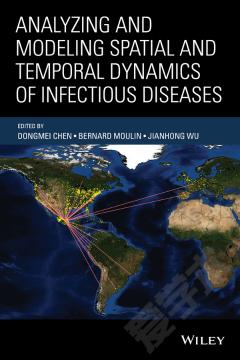


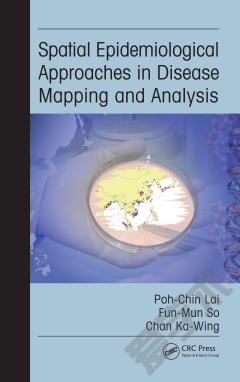
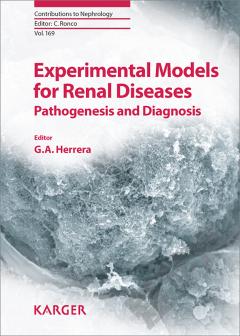
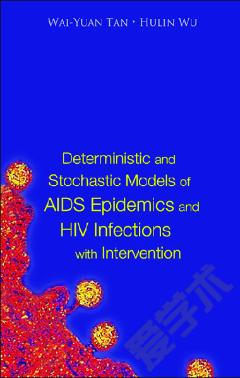
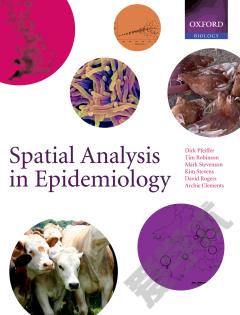

 京公网安备 11010802027623号
京公网安备 11010802027623号